7 Iconic Foods Like Kool-Aid and Jell-O Are About to Look Very Different
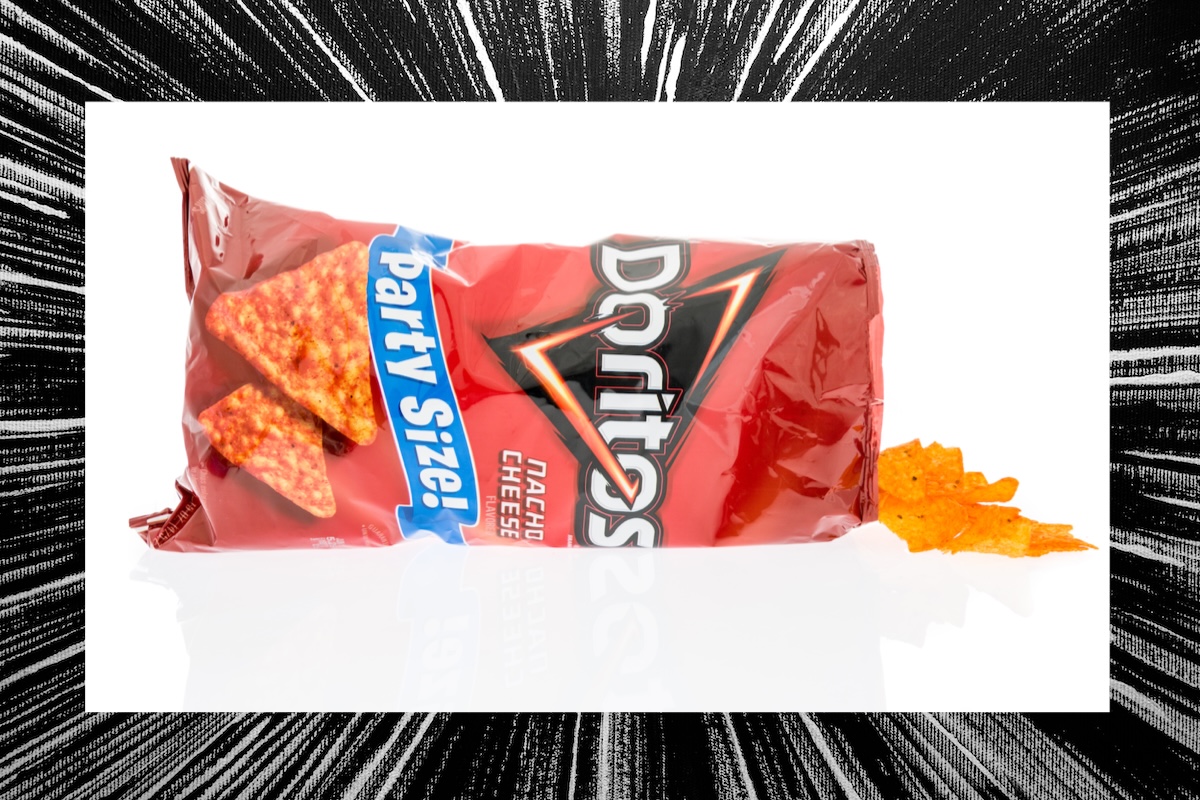
Kraft Heinz, maker of well-known food products such as Kool-Aid and Jell-O, just announced it will remove all chemical dyes from foods by 2027. The news was announced two months after secretary of the Department of Health and Human Services Robert F. Kennedy Jr. said an informal agreement had been reached with food manufacturers about removing potentially harmful dyes such as Red No. 40 and Blue No. 1 by 2026. “The vast majority of our products use natural or no colors,” said Pedro Navio, North America President at Kraft Heinz.
PepsiCo also vowed to make changes—so how will this impact products such as Gatorade and Kool-Aid? Kraft Heinz and other companies may have to use natural coloring to recreate the look of certain foods, snacks, and drinks: Here are seven iconic food products that could soon look very different.
Kool-Aid
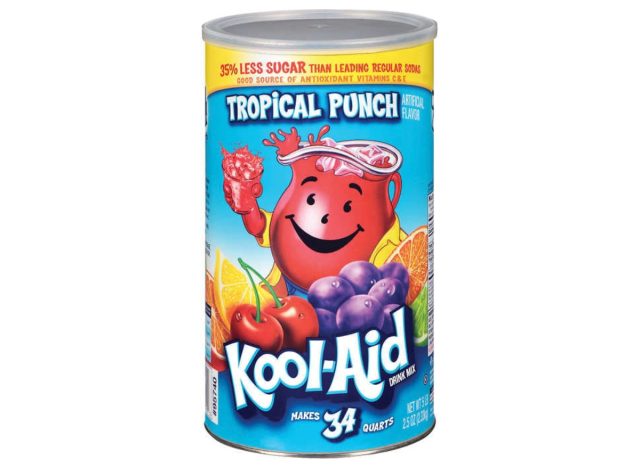
Kool-Aid contains artificial colors such as Red No. 40 and Blue No. 1, and will have to be reformulated with natural coloring. “We’ve been on a journey to reduce our use of FD&C colors across the remainder of our portfolio,” Navio says. No new Kraft Heinz product will be made with synthetic dyes effective immediately.
Jell-O
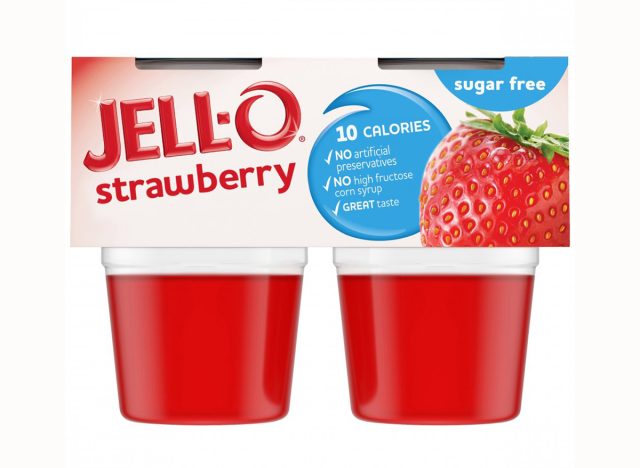
Jell-O relies heavily on artificial colors for its bright appearance, including Red No. 40. “As a food company with a 150+ year heritage, we are continuously evolving our recipes, products, and portfolio to deliver superiority to consumers and customers,” Navio says. Kraft Heinz is working on replicating those colors without using petroleum-based dyes.
Crystal Light
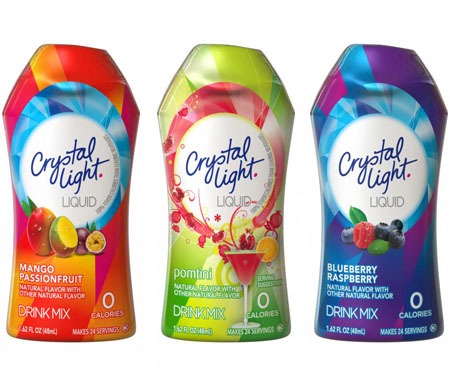
Crystal Light’s pretty colors are a result of artificial colors including Red No. 40, and replacing them with something similar could be tricky. “It can take up to two years to develop the seeds, grow the plants and concoct the combination of, say, red cabbage and black carrot extract that produces a desired shade,” James Herrmann, marketing director of food colors at Sensient Technologies, tells The New York Times.
Jet-Puffed
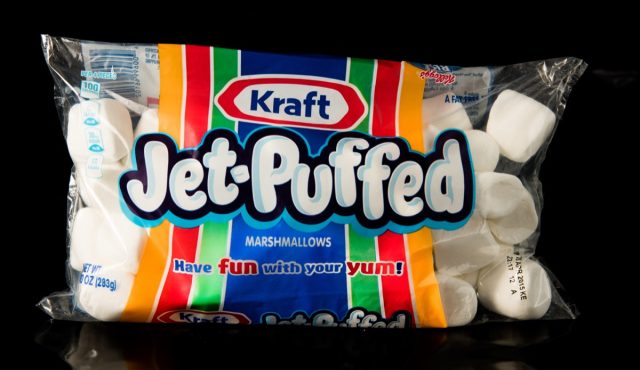
Jet-Puffed marshmallows contain Blue No. 1 (and the rest of the ingredients list isn’t great either, to be frank). If you’re craving decent marshmallows made with clean ingredients for your next camping trip, it doesn’t get better than Mojave Mallows. Hide them from the kids because I promise you they will disappear fast!
Gatorade Fruit Punch
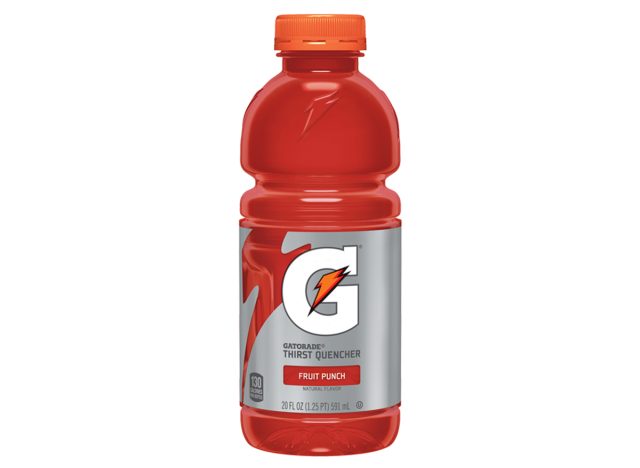
Gatorade Fruit Punch contains Red No. 40, and many other Gatorade drinks may also have to be reformulated with natural colorings. Experts say you need a lot more natural food coloring to replace an artificial one. “If everybody switches at once,” he added, “there is simply not enough material around the world available to meet the demand,” Herrmann says.
Cheetos Flamin’ Hot Chips
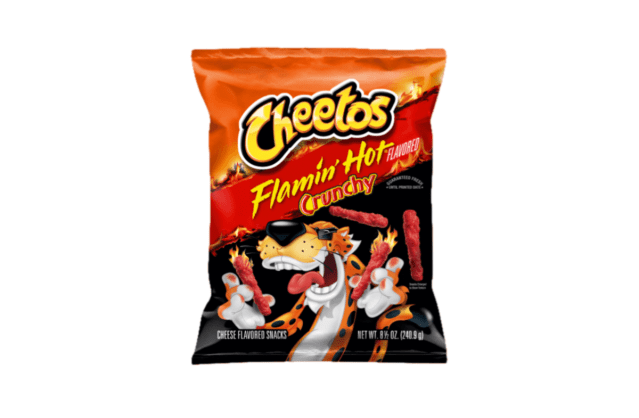
That bright red hue in Cheetos Flamin’ Hot Chips is thanks in part to Red No. 40. While the flavor will stay the same, the chips might not look so bright after being reformulated. Ramon Laguarta, chief executive of PepsiCo (which owns Cheetos), says in the next couple of years the company will have “migrated all the portfolio into natural colors or at least provide the consumer with natural color options.”
Doritos Nacho Cheese Flavored Tortilla Chips
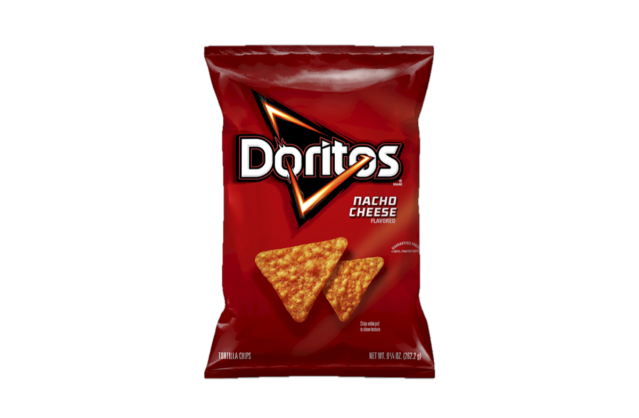
Doritos Nacho Cheese Flavored Tortilla Chips also contains Red No. 40. (no surprise when you look at how brightly red that red seasoning is!). The color (or lack thereof) may impact the way you think it tastes. “If you reduce the color saturation level of a drink, your mind may tell you it’s going to taste less sweet or less sour than the original color,” Charles Spence, a professor of food psychology at the University of Oxford, tells The New York Times. “Duller hues may signal that this is a duller flavor or stale for some people, while for others it may signal that it’s a more natural color, something found more in nature.”